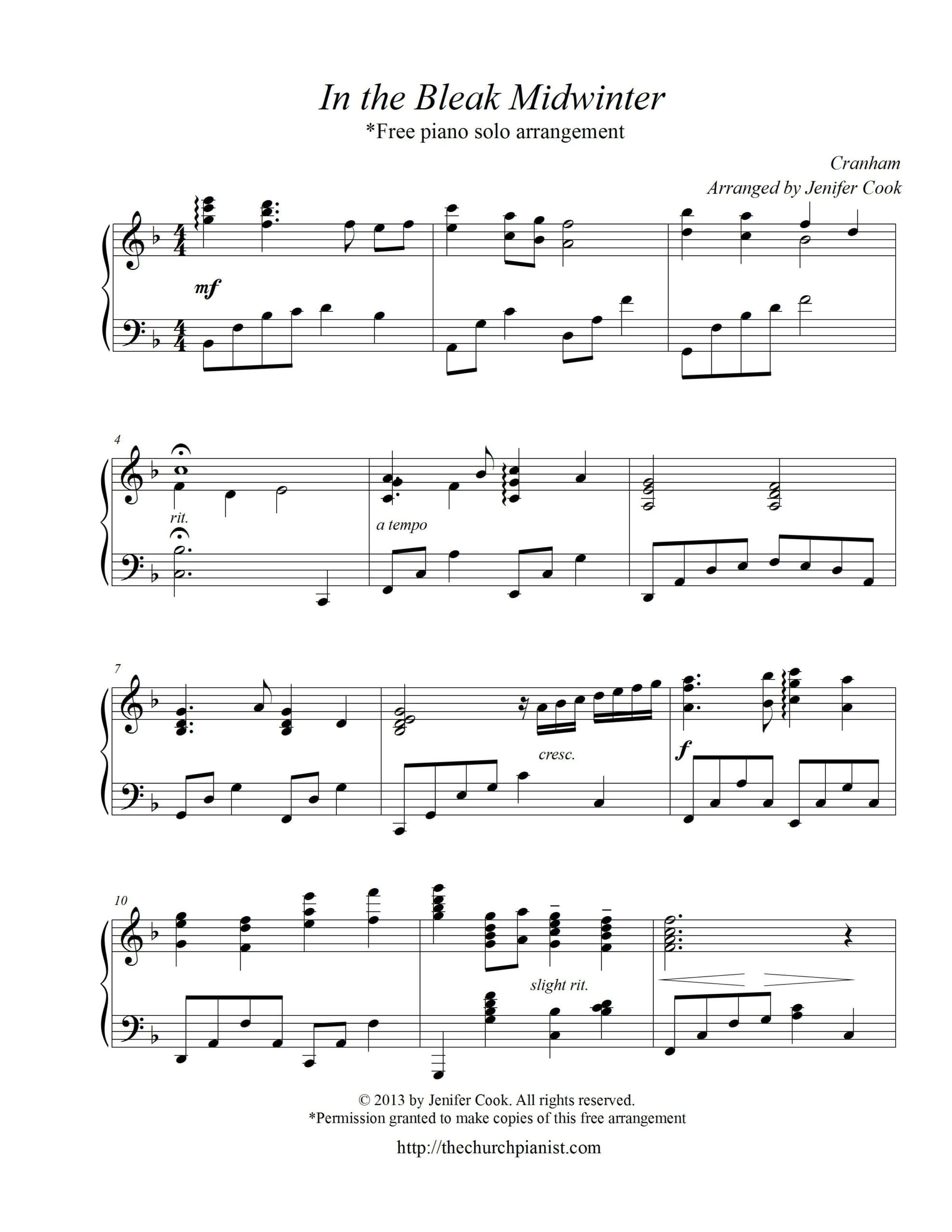Welcome to a journey into the heart of “In the Bleak Midwinter,” a Christmas carol that resonates with a depth far exceeding its deceptively simple lyrics. Penned by the gifted Christina Rossetti, this evocative poem, later set to music by various composers, has secured its place as a cherished holiday tradition. Join us as we delve into the rich tapestry of its history, meaning, and enduring impact, exploring the layers of symbolism and emotion that continue to captivate listeners generation after generation.
The Genesis of a Christmas Classic: Rossetti’s Inspiration and Craft
“In the Bleak Midwinter” first graced the world in 1872, appearing in Scribner’s Monthly under the title “A Christmas Carol.” Later, it found a home within Rossetti’s 1875 collection, Goblin Market, The Prince’s Progress and Other Poems. This seemingly simple poem, penned by Christina Georgina Rossetti (1830-1894), a prominent English poet known for her devotional and romantic verse, offers a glimpse into the Victorian religious climate and the poet’s own profound faith. It suggests that her personal experiences and spiritual devotion likely intertwined to inspire this timeless piece.
Decoding the Lyrics: A Verse-by-Verse Analysis
The power of “In the Bleak Midwinter” lies not only in its evocative language but also in the carefully crafted imagery that unfolds verse by verse. Let’s explore the full lyrics, unraveling the symbolism and meaning woven into each stanza.
(Include the full lyrics here, dividing them by verse. Below is an example of how to analyze each verse. Repeat this format for each of the five verses.)
Verse 1: “In the bleak midwinter, frosty wind made moan, / Earth stood hard as iron, water like a stone; / Snow had fallen, snow on snow, snow on snow, / In the bleak midwinter, long ago.”
- Analysis: The repetition of “snow” emphasizes the harshness of the winter landscape, creating a sense of coldness and stillness. The words “iron” and “stone” further contribute to this stark imagery, suggesting a world frozen and unyielding. This sets the stage for the arrival of Christ, whose birth will bring warmth and life into this desolate scene.
The Sound of Winter’s Embrace: Exploring the Musical Settings
While Rossetti’s words themselves possess a haunting beauty, the various musical settings have undoubtedly contributed to the carol’s enduring popularity. Gustav Holst’s 1911 melody, perhaps the most renowned, imbues the poem with a melancholic and ethereal quality. Its modal harmonies evoke a sense of timeless mystery, transporting listeners to a realm of spiritual reflection. Harold Darke’s 1906 setting, while also popular, offers a more diatonic and optimistic interpretation, emphasizing the joy and hope inherent in the Christmas message. This contrast between the two settings highlights the diverse ways in which music can shape and interpret poetic meaning. Other notable settings by composers such as Martin Shaw and Bob Chilcott further enrich the carol’s musical legacy, offering unique perspectives on Rossetti’s timeless words.
Beneath the Surface: Unveiling the Poem’s Core Themes
“In the Bleak Midwinter” transcends a simple Nativity narrative; it delves into profound theological concepts and human emotions. The stark contrast between the harsh winter landscape and the miraculous birth of Christ serves as a central theme. This juxtaposition underscores the transformative power of faith, reminding us that even in the darkest of times, hope can flourish. The poem also emphasizes the humility of Christ, born not in a palace but in a humble stable, accessible to all. The theme of adoration is woven throughout, from the angels’ heavenly chorus to Mary’s intimate worship, and finally to the invitation for each of us to offer our own gifts of devotion.
Enduring Legacy and Modern Resonance
From its humble beginnings in a 19th-century magazine, “In the Bleak Midwinter” has become a staple of Christmas celebrations worldwide. Its inclusion in countless church services, concerts, and holiday gatherings speaks to its enduring appeal. The carol continues to resonate with contemporary audiences, perhaps even more so in times of hardship and uncertainty. The juxtaposition of bleakness and hope offers comfort and solace, reminding us of the enduring power of faith and the possibility of finding light in the darkness.
Why “In the Bleak Midwinter” Echoes in Peaky Blinders
The inclusion of “In the Bleak Midwinter” in Peaky Blinders elevates the series beyond a mere gangster drama, adding layers of depth and emotional complexity. Tommy Shelby’s association with the carol is particularly compelling, suggesting a myriad of interpretations. It’s likely the carol resonates with Tommy’s internal struggles, mirroring his own experiences of loss, trauma, and the search for meaning in a violent world. The iambic pentameter checker can be used to analyze the poem’s metrical structure.
One theory suggests that the carol’s melancholic melody and introspective lyrics offer Tommy a form of catharsis. He may find solace in the carol’s exploration of darkness and mortality, themes that likely align with his own emotional landscape. Another perspective posits that the carol serves as a poignant reminder of Tommy’s wartime experiences. Having first heard it in the trenches of World War I, the carol may be inextricably linked to his memories of fallen comrades and the horrors he witnessed. This connection to shared trauma could explain its continued significance throughout his life. Some experts believe the carol’s themes of vulnerability and the fleeting nature of life resonate with Tommy’s awareness of his own precarious existence in a world of constant threat. The communal aspect of the carol, often sung in moments of shared grief, further emphasizes the importance of human connection in the face of adversity. It’s important to note that the meaning of art can be subjective, and these are just a few of the many possible interpretations. Ongoing discussions among fans and scholars may continue to shed new light on the role of “In the Bleak Midwinter” within the Peaky Blinders narrative.
| Aspect of the Carol in Peaky Blinders | Possible Interpretation |
|---|---|
| Tommy’s Recitation | Personal reflection on mortality; expression of suppressed emotions |
| Wartime Context | Connection to shared trauma; remembrance of fallen comrades |
| Melancholic Melody | Mirroring Tommy’s inner turmoil; offering a sense of catharsis |
| Communal Singing | Reinforcing bonds forged in adversity; finding solace in shared experience |
The use of “In the Bleak Midwinter” in Peaky Blinders adds a powerful layer of symbolism to the series, providing a nuanced exploration of grief, memory, and the search for meaning in a world shrouded in violence and uncertainty. While the characters’ responses to death may often be understated, the recurring presence of the carol speaks volumes about their internal struggles and the profound impact of loss on their lives.









